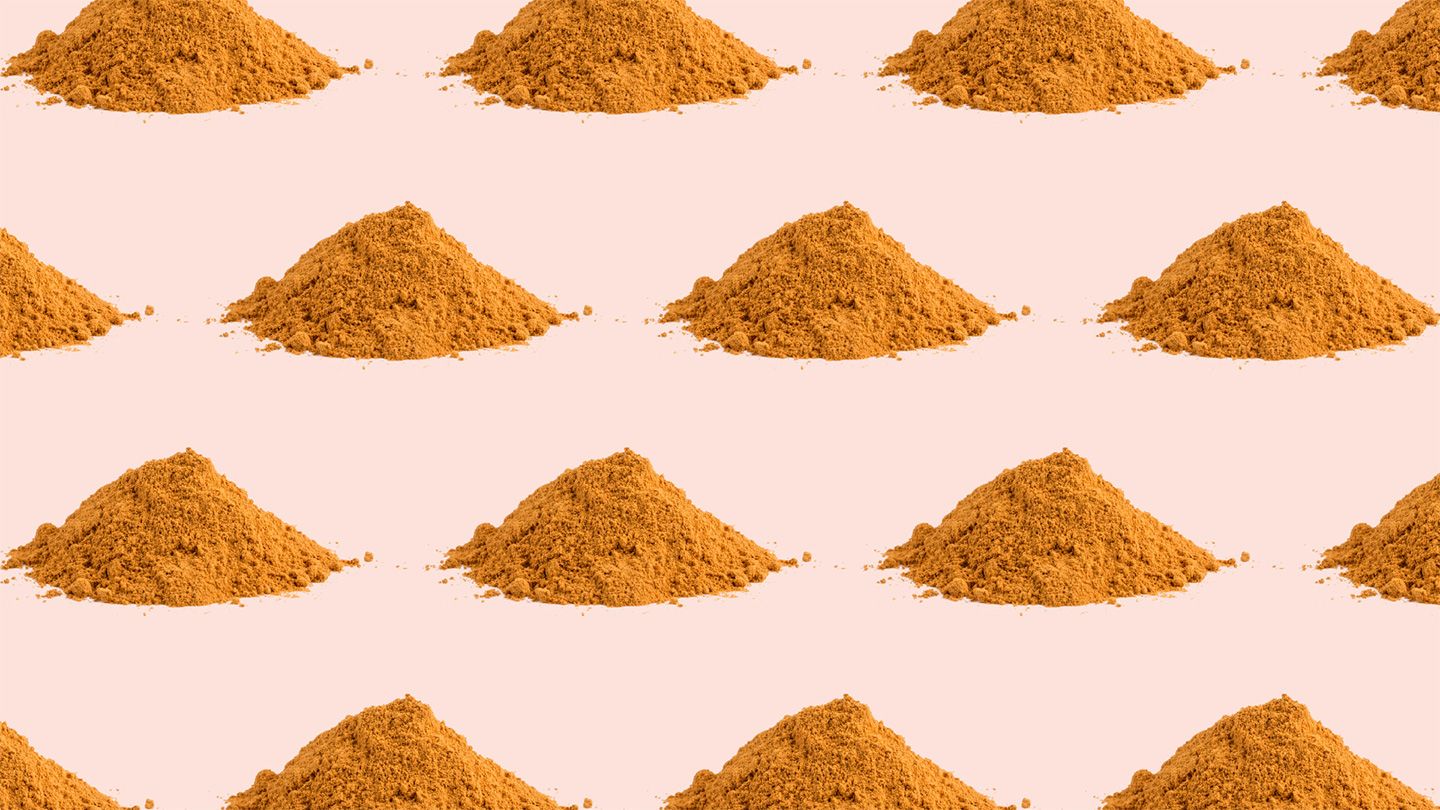A new investigation by the nonprofit Consumer Reports has found that some cinnamon powders may contain unhealthy amounts of lead.
Food safety scientists with Consumers Reports recently tested 36 ground cinnamon items and spice blends made with cinnamon, such as garam masala and five-spice powder, and found that one-third contained lead levels so high that “you should never use them.”
James Rogers, PhD, Consumer Reports’ director of food safety research and testing, stresses that as little as ¼ teaspoon of these products exceeds the quantity anyone should ingest in a single day.
“Even small amounts pose a risk because lead can accumulate in the body and there can be multiple sources in your diet, so it adds up,” he says.
How Lead Harms the Body
Chronic exposure can cause lead to build up in the body; the longer the exposure, the more difficult it is for your body to get rid of lead.
Toss the Riskiest Products
Twelve ground cinnamon powders and spice blends tested by Consumer Reports had lead levels above 1 part per million, a level that New York state uses to indicate products that should be recalled.
Consumer Reports urges shoppers to check their pantry and throw out any cinnamon products from the following brands that they and the FDA identified as having too much lead:
- Paras Cinnamon Powder
- EGN Cinnamon Powder
- Mimi’s Products Ground Cinnamon
- Bowl & Basket Ground Cinnamon
- Rani Brand Ground Cinnamon
- Zara Foods Cinnamon Powder
- Three Rivers Cinnamon Stick Powder
- Yu Yee Brand Five Spice Powder
- BaiLiFeng Five Spice Powder
- Spicy King Five Spices Powder
- Badia Cinnamon Powder
- Deep Cinnamon Powder
Scientists also recommended several brands with low lead levels that are “okay to use” and six choices with very low levels that are “best to use.” Those rated “best” are:
- Sadaf Seven Spice
- 365 Whole Foods Market Ground Cinnamon
- Loisa Organic Cinnamon
- Morton & Bassett San Francisco 100% Ground Cinnamon
- Sadaf Cinnamon Powder
- 365 Whole Foods Market Organic Ground Cinnamon
“Most of the samples [with elevated lead] came from small markets and international food stores,” says Dr. Rogers. “Consider sticking with mainstream brands.”
How Does Lead Get Into Cinnamon in the First Place?
As Consumer Reports details, some amount of the metal in cinnamon may come naturally from the soil cinnamon trees grow in and some amount may be introduced by industrial activity.
“Cinnamon trees grow for 10 years before harvest, giving lots of time to accumulate lead in the bark,” says Rogers.
He adds that contaminated processing equipment, storage containers, and packaging may contribute to the problem.
While any lead is bad, according to Dr. Forsyth, understanding how amounts affect people is “fairly complex.”
“It depends on the medium lead is stored in, the lead levels, the characteristics of the lead [such as particle size], and the nutritional status of the person,” she says. “For example, more lead may be taken up if a person is iron or calcium deficient.”
Overall, Rogers advises shoppers to not be overly worried, but to keep up with the latest research and make smart choices.
“Don’t panic, but become an informed consumer,” he says.













